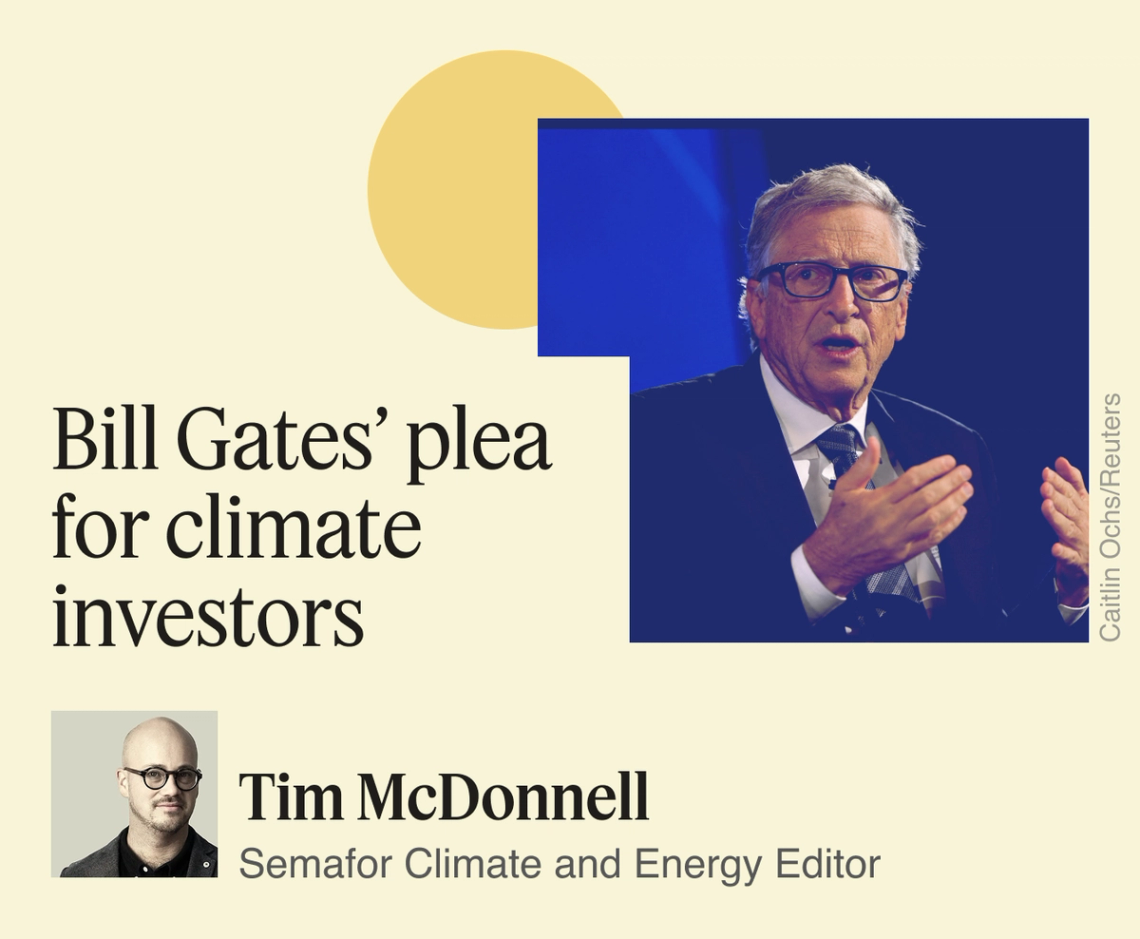 Bill Gates has a bone to pick with climate advocates, a group that he was nominally the deepest-pocketed leader of over the past decade. In a lengthy essay today, Gates argues that some climate aid funding is being misspent on projects that try to cut back on emissions but make no tangible improvement in peoples’ health or livelihoods. And while he is strident that climate change is a “serious problem,” he is convinced that it “will not lead to humanity’s demise.” For the world’s poorest people, their biggest problems will continue to be poverty and disease, not warming temperatures per se (although warming clearly exacerbates both problems). He points to a few examples where the well-intentioned pursuit of emissions cuts in developing countries led to negative consequences for health and well-being: Banning synthetic fertilizers pushed up crop prices; pressure on development banks to stop financing fossil fuels has made it harder to connect more people to reliable electricity. The upcoming COP30 summit is a chance to rethink how the extremely limited pool of foreign aid available for climate purposes is spent, Gates argues. The most important takeaway here is that he believes climate advocates should focus less on being against fossil fuels and more for human welfare. Critics will predictably argue that those two positions are inherently linked; on the opposite side of the political spectrum, oil and gas partisans could point to Gates’ essay as proof that climate hysteria was misguided all along and that fossil use should continue unimpeded. Instead, I think we should take Gates’ cue that an obsession with long-term emissions targets doesn’t always serve its intended purpose, and has been cause for plenty of counterproductive political backlash. When we get to the Amazon in a couple of weeks, it may be time to focus on how to raise living standards for the most people in the shortest time, with all the technologies available, with the lowest feasible carbon footprint. |